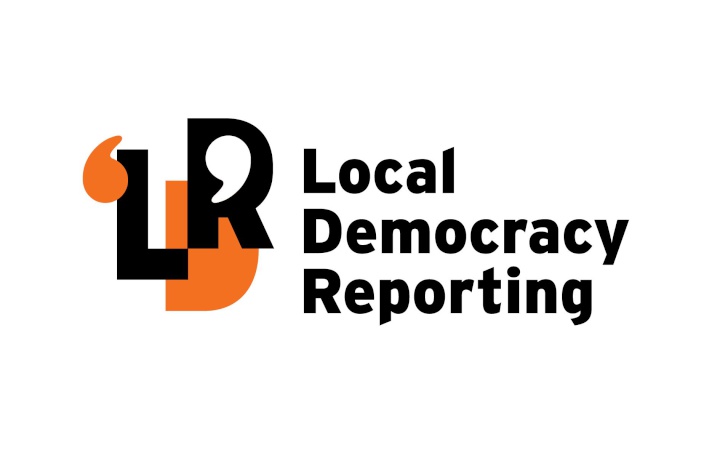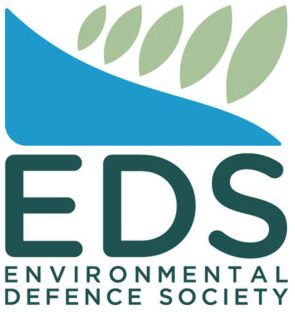A proposed tweak to a Tasman council fee could make it “almost completely unaffordable” to do infill building, a local developer warns.
Each new housing unit in Tasman currently pays development contributions to the council – a special fee collected on a one-off basis to help finance future infrastructure projects that will benefit new homes.
Last year, Tasman District Council hiked the development contributions significantly to help cover the cost of large stormwater projects for Richmond and wastewater projects for Motueka and Golden Bay.
At the time, owner of GJ Gardner’s Nelson franchise Graham Vercoe said the changes would be the “nail in the coffin” for development at pace.
But now the council was proposing that an existing discount of 25 per cent, on stormwater-specific contributions for properties that build on-site stormwater detention, be restricted solely to the Richmond Intensive Development area – loosely meaning central Richmond.
Currently, the discount can be received by properties across the entire Waimea and Motueka catchments.
On-site stormwater detention provides tanks that temporarily store and slowly release the water to avoid overloading the stormwater network and improve water quality.
The council proposed restricting the discount because even with on-site detention, total run-off still increases from developments which can impact both peak and total flows.
Rainfall is projected to increase in the future and, to maximise development, on-site detention would be needed as council staff have advised that further stormwater capacity upgrades, like upgrading Borck Creek, were deemed unlikely to be feasible.
Detention also doesn’t protect against overland flows which still impact the stormwater network.
But Vercoe, who is also one of the minds behind the Meadows development in Richmond West, said the proposal would make infill development “almost completely unaffordable.”
The change could add almost $3500 to a Waimea subdivision and about $1400 to one in Motueka.
Vercoe said most infill developments were undertaken on a limited budget and so, even though the additional costs would be relatively small within the total cost of subdividing a property, any increase was a burden.
“Anything that you can save is going to be a bonus,” he said.
“The whole thing is going to completely discourage people from developing.”
Required detention for storm- and wastewater could add about $35,000 to the cost of an infill subdivision, Vercoe added, so the removal of the discount would discourage infill development when some greenfield properties don’t require on-site detention facilities.
“They haven’t got services that can cope with it, and it’s just bizarre that they would then allow the development to go ahead to start with, but also take the discount off.”
The change would increase the council’s income by about $200,000 per annum.
The proposal to retain the discount within central Richmond aligns with the council’s goal of intensifying the district’s existing urban areas.
However, local urban designer and long-time proponent of intensification Timo Neubauer said the discount would have “hardly any effect” on promoting intensification.
“It makes zero difference. I wouldn't even go as far as saying it’s a step in the right direction, I think it’s not even worth worrying about.”
Neubauer said that continued greenfield expansion was “bankrupting” the Tasman council as it was much more expensive over the long-term to build and maintain a wider infrastructure network.
He pointed to an Infrastructure Victoria study which determined that dispersed homes would cost local government an extra AU$59,000 (NZ $65,000) over the next 30 years than those in compact cities.
As such, Neubauer thought the additional yearly revenue for council of $200,000 was “absolutely insignificant”.
To better encourage intensification, he instead wanted development contributions targeted at greenfield developments and greater use of targeted rates for those living in dispersed environments.
“If you want to live in a dispersed environment like this, you actually have to pay for it. At the moment, what we have is people who live in more central areas are subsidizing that type of lifestyle.”
A Tasman District Council spokesperson said the change’s primary purpose was not to encourage intensification but to recognise that the council must invest in stormwater infrastructure to provide for growth, despite detention being provided in most developments.
“Retaining it within the Richmond intensification area, however, is recognition that the council wants to tilt the scales more in favour of intensification, and is on top of the discounts already provided for smaller dwellings which also support intensification.”
Along with the stormwater discount, the council is also proposing several changes to remissions for papakāinga on Māori land which would generally make the remission more accessible but would also reduce the remission’s size by half.
Due to the low number of Māori developments currently in the council’s pipeline, that measure was not expected to significantly affect council finances.
Consultation on the changes is open until 28 April.
Local Democracy Reporting is local body journalism co-funded by RNZ and NZ On Air.



 Gordon Campbell: On The Government’s Latest Ferries Scam
Gordon Campbell: On The Government’s Latest Ferries Scam NZ Government: Reducing Ambiguity About What Is Reasonably Practicable For Health And Safety Compliance
NZ Government: Reducing Ambiguity About What Is Reasonably Practicable For Health And Safety Compliance Office of the Speaker: New Zealand Parliamentarians Attend 150th IPU Assembly
Office of the Speaker: New Zealand Parliamentarians Attend 150th IPU Assembly RNZRSA: RNZRSA Supports Willie Apiata VC's Stand To Drive Change To Veterans’ Support Act
RNZRSA: RNZRSA Supports Willie Apiata VC's Stand To Drive Change To Veterans’ Support Act Diane McCarthy - LDR: War Hero Willie Apiata Entrusts MP With Victoria Cross Medal
Diane McCarthy - LDR: War Hero Willie Apiata Entrusts MP With Victoria Cross Medal PSA: Disappointing Govt Attack On Diversity, Inclusion In Public Service
PSA: Disappointing Govt Attack On Diversity, Inclusion In Public Service NZ Labour Party: Govt Health And Safety Changes Put Workers At Risk
NZ Labour Party: Govt Health And Safety Changes Put Workers At Risk


